Product development is integral to many industries, especially in automotive product design in the automotive industry. In the automotive industry, product development has undergone several modifications to meet the innovation, creativity, and other requirements of the industry. It is similar to the concept of going from prototype to production. However, it adds ideation and market entry to the process.
Making a successful product can be challenging when manufacturers do not properly understand product development. As a result, this article will talk about the product development process, we will streamline the topic to the process related to the automotive industry.
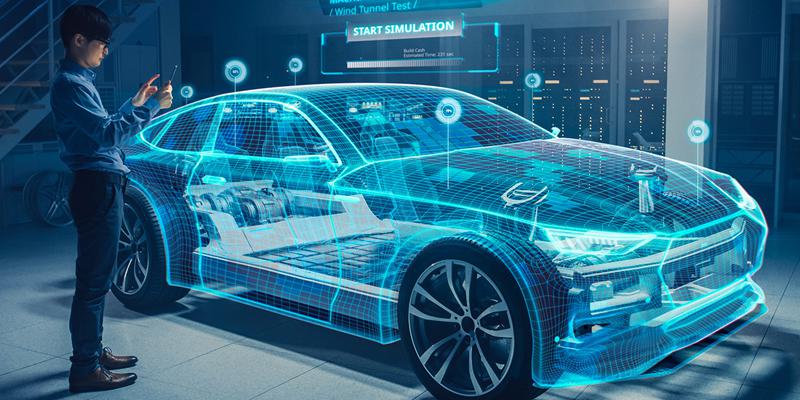 What is Product Development?
What is Product Development?
Product development is a set of steps that shows the life cycle of a product from its conception to the end user. It is a broad term that denotes a new product’s ideation, design, creation, quality assurance, launch, and market entry.
In the automotive industry, product development is a key part of the automotive design process associated with every new feature and product accompanying a car. Furthermore, for businesses with an innovative mindset, understanding the product development process can make market entry smoother.
Why is Product Development so Important?
Product development is a critical part of any business that aims to achieve success. Below are a few importance of understanding and implementing a successful product development:
1. Improvement in Product Quality
Having seamless product development is a critical part of quality assurance and control in the manufacturing setting. By stringently following the product development module, parts manufacturers can enhance their product quality and be assured that such quality lives up to their expectations.
Quality assurance and control are achievable by investing in good research, design, engineering, and inspection teams. It leads to the manufacturing of products that are durable, efficient, and reliable. Consequently, there are lesser product defects and recall, and the product solidifies customer expectation and improves satisfaction.
2. Cost Reduction
With an elaborate product development designed by people who work in every facet of production, it is possible to optimize the design of the product such that it is manufacturable and effective. Furthermore, it is possible to reduce the materials cost, identify a better and more efficient manufacturing process, and reduce material wastage.
3. Innovation and Differentiation
Innovation and differentiation are the core of the product development process and are critical in many industries. Innovation is possible by investing in a quality research and development section. By doing so, you can create a unique, value-adding, and technologically advanced automotive part. The advantages of spending a lot of time and effort on product differentiation include standing out in the market, quality, attracting new and old customers, etc.
4. Collaboration and Customer Engagement
Aside from the manufacturing facet, the product development process relies heavily on customer input. As a result, collaborating with them is important.
By collaborating with your customers, you gain insight into what they need, their challenges, and possible ways they think this can be fixed. While you might not completely use all they give, having a collaborative approach can improve relationships which aids loyalty.
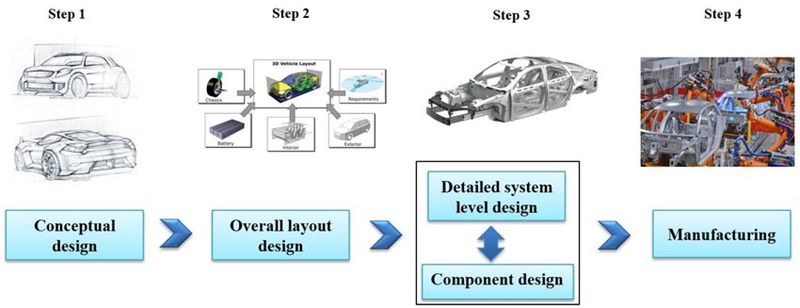 7 Stages of Product Development Process
7 Stages of Product Development Process
There are seven stages of the product development process. We will explain the seven stages and what you need to take note of:
1. Idea Generation
Before a product can be manufactured, you need to generate the product idea. The product idea includes the different things associated with the products, how it functions, and other aesthetic approaches. Generating an idea is achievable by brainstorming. However, a better approach is to do market research and use customer feedback if the product is to be optimized.
2. Evaluated and Screened
After idea generation, the idea obtained is evaluated and screened to check for feasibility of manufacturing and breaking into the market. This is highly challenging as the product must align with the goals and resources of the company. You can screen the idea based on the market potential, product profitability, and customer acceptance. When an idea fails the evaluation test, you eliminate it.
3. Concept Development
Concept development allows the manufacturer to create a design that outlines the product’s functions, features, and target market. As a result, it is possible to get organic customers’ feedback and further validate the product. At this stage, there is no need to make a prototype yet. However, the design of the product must be ready.
4. Design and Prototyping
The major heavy work occurs under the design and prototyping stage. After getting the product’s design, prototyping occurs to test and refine the product. Prototyping is majorly in terms of the product’s functionality, although some can consider the aesthetics, especially if the aesthetics will affect the function. The most common prototyping method is 3D printing and CNC prototype machining.
Prototyping continues with optimization until the company is satisfied with the product.
5. Testing and Validation
The prototype undergoes several tests and evaluations to ensure it can perform well. Common tests include safety tests, usability tests, and functional tests. Also, for the automotive industry, there is a need to check for adherence to the requirements and standards of all automotive part-related regulations.
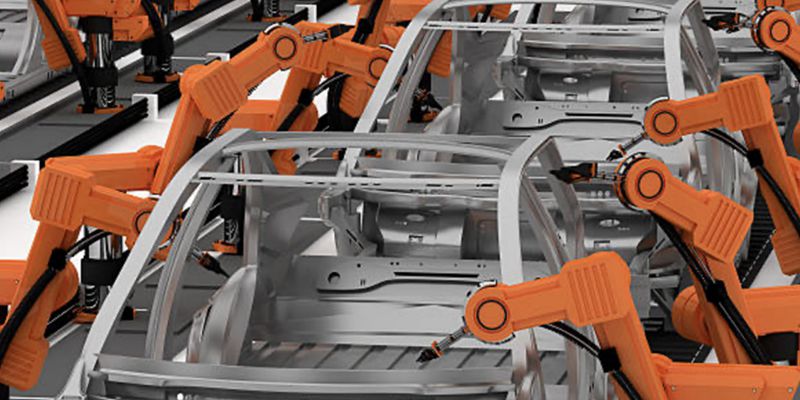 6. Manufacturing and Production
6. Manufacturing and Production
After testing and validating the product, manufacturing begins. Manufacturing should be consistent without affecting product quality. Common manufacturing processes are injection molding, CNC machining, sheet metal fabrications, and die casting. The choice of manufacturing process depends on the type of product and material you are working with.
For example, in automotive product design, when the product has both plastic and metal parts, you can consider using insert molding, and when the product has two separate but joined plastic parts, you can try over-molding. The choice of manufacturing depends on the project’s need.
7. Launching
The final stage of automotive product development is the product market entry. To prepare for that, there is a need to develop good marketing/promotional strategies, secure the right supply chain and distributional channels, and launch the product. Product development continues after launching the product, as feedback is obtained from people to determine whether the product can be improved.
Case Product Development in Automotive Industry
People create third-party automotive parts by looking at the current state of the automotive industry and looking for a part that can be improved functionally (and sometimes aesthetically/ergonomically).
An example of such a potential product is the automotive lighting component (headlight). Automotive product development requires collaboration between designers, engineers, suppliers, and regulatory bodies. Below is product development in the automotive industry using the product.
Market Research and Analysis
The first thing to do is to check the market for the different types of headlights used, the designs they come with, and whether they are for general cars or high-end cars. It is important to note the last point due to the high aesthetics achievable by the design required in that scenario. Afterward, check for the competition and identify the gaps in their product. Remember that your product will deliver what the competition delivers while filling the gaps.
Concept Development
Considering the materials available and other things, generate some concepts about the proposed headlight. This can be based on efficiency, aesthetics, longevity, or functionality. Create easy-to-understand sketches for visualization purposes and how they can be integrated into a vehicle.
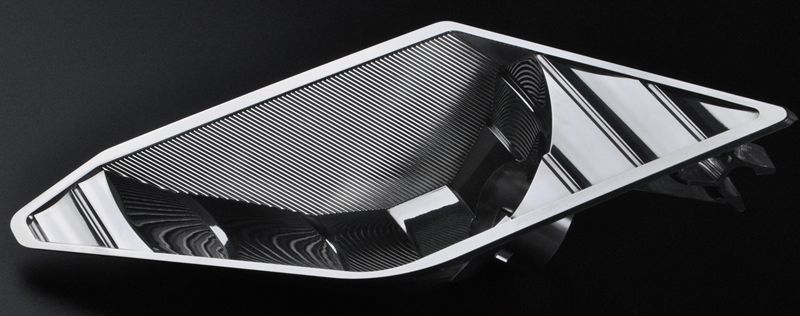 Design and Engineering
Design and Engineering
Using the appropriate channel convert the sketches into CAD models and collaborate with engineers to determine placement and performance. This can also include the probable use of advanced lighting systems. Furthermore, the engineering analysis should ensure the headlight meets every standard required.
Prototyping and testing
Make a prototype using 3D printing or a CNC prototype machine. Afterward, subject the prototype headlight to tests. These include brightness, beam pattern, and longevity. Optimize based on the feedback and test again. Every step must include rigorous quality control measures and comply with safety and regulatory standards such as brightness levels and beam patterns.
Develop a Manufacturing Plan
Develop manufacturing for the mass production of the lighting system. There are two options depending on the size of your business. One is buying the needed manufacturing systems and machines for your product, while the other is outsourcing to service providers. Get the necessary components and materials from the supplier.
Market and Launch
Develop a launching strategy and marketing campaign to create awareness about your product to the target audiences. After launching the headlight product and getting customer feedback about the performance or other product features. Use the feedback to improve the product.
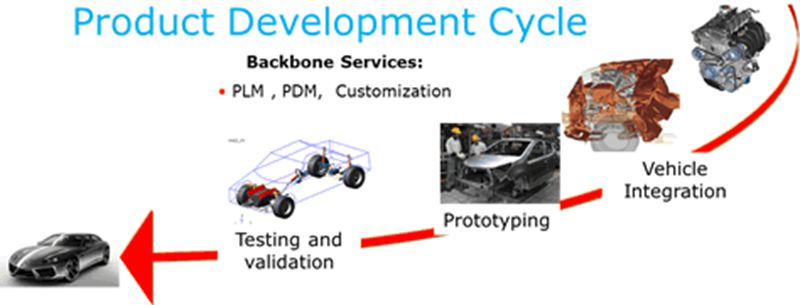 Considerations and Tips for Automotive Product Development
Considerations and Tips for Automotive Product Development
The automotive part manufacturing industry differs from other industries due to several factors. Examples are the need to be ahead of the market trend, the need for constant innovation, and safety. Below are a few tips that can help you with automotive development:
1. Use Advanced Technologies and Machines
Ensure you use the most recent technologies if you have the capital to aid a faster production cycle without compromising quality. This is easier said than done, especially in manufacturing, due to the high initial investment surrounding such machines. As a result, a better way to embrace technological advancement is to outsource to businesses that render such services.
2. Comply with the Regulations
The automotive industry is riddled with regulations, requirements, and standards due to the need for safety. Therefore, you should stay informed about them. Every product made for the industry should meet all the certifications and compliance criteria to avoid any legal or compliance issues.
3. Prototype and Testing
Testing the prototype will validate the product’s function and safety. Ensure you use the right simulation technique and test to identify issues and prevent them early in automotive product development. After testing and discovering an issue, improve the prototype and test again. While this might look tedious, it is better as it reduces the chances of recall due to product defects.
4. Reliable Supplier
Your choice of supplier can make or break your product. As a result, you should ensure you choose reliable suppliers for all the components and raw materials you need. You can choose the right one by checking and evaluating their track record. A credible supplier will ensure a smooth and quality focus supply chain.
Conclusion
product development is crucial in the automotive industry as it allows manufacturers to enhance product quality, reduce costs, drive innovation, comply with regulations, foster collaboration, optimize the supply chain, and adapt to market trends. By investing in product development, automotive companies can deliver superior products, satisfy customer needs, and stay competitive in a rapidly evolving industry.
If you’re looking for a reliable manufacturer for your automotive product development, WayKen is your right choice. We’re a one-stop prototyping and manufacturing company, offering CNC machining, 3d printing, and injection molding services. With 20 years of experience in automotive prototyping and part production, we provide cost-effective machining solutions and meet the specific requirement for each car prototype and part. Contact us to start a new project!
FAQs
What is the typical timeline for automotive product development?
This depends on the product complexity, regulations, and the business’s internal process. It can range from a few months to several years. Some projects even take longer.
What role does prototyping play in automotive product development?
Prototyping is critical in automotive product development because it helps assess product functions and aesthetics. Hence, it is possible to identify any design flaws and make necessary improvements. It also helps in meeting the quality standard.
How important is collaboration with suppliers in automotive product development?
This is important as it aids the supply of quality materials, components, and subsystems which can help reduce product defects. Also, it helps in cost efficiency and reduces lead times of such products.




